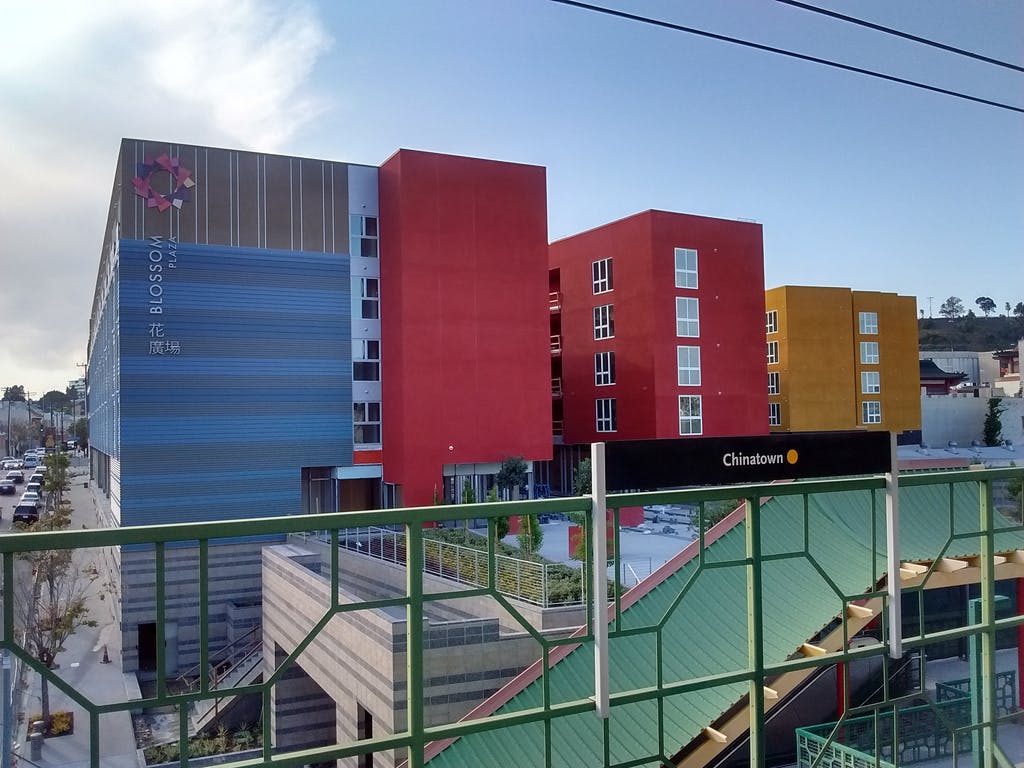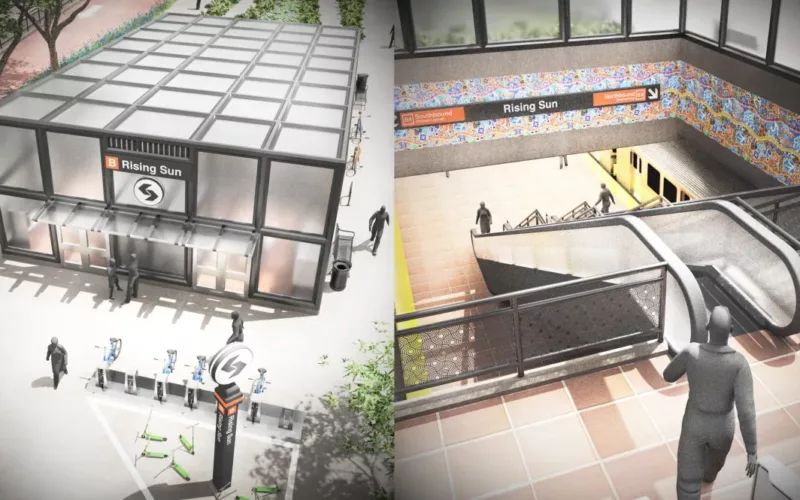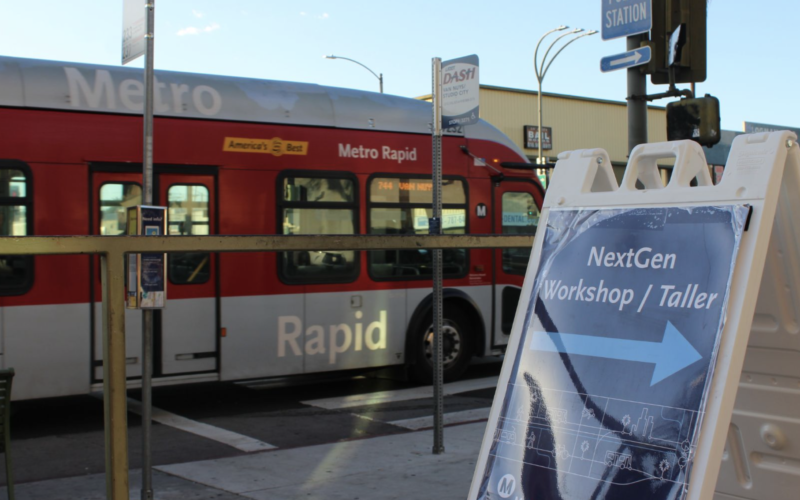
Putting people near transit (and vice-versa) boosts ridership, and many transit agencies talk about transit-oriented development. But in growing recognition that the benefits of transit access often don’t accrue to low-income riders, two agencies are testing strategies to encourage affordable development near transit.
Last year, Metro Los Angeles assumed the role of affordable housing lender. Through its MATCH Loan Program, Metro is providing $9 million to developers at a low interest rate to build affordable housing within a half mile of transit lines. The loans will allow them to develop vacant land or purchase existing housing with the goal of keeping it affordable. Units from the program will be within reach to people making 60 percent or less of the area’s median income (AMI).
According to transportation planning manager Marie Sullivan, the idea for the MATCH program arose in 2015, in response to the advocacy efforts of groups like California Community Foundation, Low Income Investment Fund (LIIF), Enterprise Community Partners, and LA Thrives. The timing was right – Metro was also in the midst of taking a more comprehensive approach to its longstanding real-estate program, and formalizing its first affordable housing policy. “Metro is dramatically expanding our transit network, and there’s some evidence that transit makes an area more desirable and potentially displaces folks. We wanted to get out ahead of that narrative, so we really began looking at the whole picture, the whole community.”
Metro doesn’t actually own much land, so providing financing allows the agency to extend its impact. The $9 million isn’t much, but it was matched by the California Endowment and local Community Development Financial Institutions, bringing the total to $75 million. “That’s enough to create or preserve 1,500 units, which won’t house the whole city but is a good place to start, and more than we would be able to accomplish through developing Metro properties,” says Sullivan. The program’s first loan is going out soon and the initial project will take several years to complete. Sullivan says the program can expand if there’s appetite: as a loan program, the money will revolve back to the agency. Additionally, she says that cities within Los Angeles County will be able to use discretionary funds from Measure M to ignite similar initiatives.
In the Seattle region, Sound Transit has begun deeply discounting property sales to make affordable housing projects pencil out. The agency’s Land Use Planning & Development Director Brooke Belman explains that Washington State passed a new statute in 2015 – tied to the 2016 passage of the transit ballot measure ST3 – stipulating that Sound Transit must begin considering affordable housing outcomes in its capital projects. “We affectionately refer to it as 80/80/80” says Belman. “80% of our surplus property must first be offered to a non profit development, local jurisdiction or housing authority. And when we make an offer, the bidding entity must agree to offer 80% of the units to people making 80% of AMI or less.”
The program has put two projects out to bid this year -one in the Roosevelt neighborhood and the other in First Hill – and Belman says the agency heard a resounding yes from surrounding communities to maximizing affordability for both. In contrast to LA Metro, Sound Transit does have enough property to actually make a dent in the region’s ever-growing affordability crisis. However, the projects thus far have been in King County, and questions remain whether the less-resourced counties of Pierce and Snohomish will be able to fill in gap financing for projects.
Before adopting the programs, there was concern at both agencies over the potential of “mission creep.” “Some of our board members balked that we are taking money that should be going to bus operations and putting it towards housing,” said Sullivan. She credits CEO Phil Washington, who often says, “I don’t want to build new tracks, I want to make sure people can live near our transit,” for helping the agency to reach accord. At Sound Transit, Belman cites the importance of working with outside partners on the housing initiatives in order to allow the agency to stay focused on its primary mission of delivering high-quality transit. She explains that Sound Transit collaborates with stakeholders to identify goals and priorities for a redevelopment site early on in the process, and looks holistically at available resources to make them happen. “It’s all about understanding who has what tool and how we can utilize them in concert to create affordable housing.”
The same is true in L.A. “We work with an array of community partners, and they’re really the ones running the show,” says Sullivan.
 To Achieve Justice and Climate Outcomes, Fund These Transit Capital Projects
To Achieve Justice and Climate Outcomes, Fund These Transit Capital Projects
Transit advocates, organizers, and riders are calling on local and state agencies along with the USDOT to advance projects designed to improve the mobility of Black and Brown individuals at a time when there is unprecedented funding and an equitable framework to transform transportation infrastructure, support the climate, and right historic injustices.
Read More Lessons From the Roll-Out of LA Metro’s NextGen Bus Network Redesign
Lessons From the Roll-Out of LA Metro’s NextGen Bus Network Redesign
Agencies implementing bus network redesigns have to effectively communicate to riders how route changes will affect them.
Read More